Fights are a major part of Dungeons & Dragons 5E and, if your group is like mine, they can take forever! But, that’s not what it’s like in the world of the game, right? How long a round of combat is in 5E is a question with a lot of ramifications. From duration to when actions actively occur, you’d be forgiven for thinking different things about battles.
Thankfully, Wizards of the Coast was kind enough to include a static number for how long every round of combat is. Let’s dive right in.
How long is a round of combat in seconds in 5E?
A round in 5E, as in the amount of “real world” time that it takes to go from the top of a turn to the top of that same character’s next turn, is about six seconds. This duration includes any actions that occur outside of turn order, like opportunity attacks or reactions.
Turns in D&D are supposed to represent more frantic, sporadic brawls that end quickly and with everyone acting at around the same time. Initiative represents the speed at which a character reacts to “real-time” combat around them.
Related: How to calculate Initiative in DnD 5E
You can find the amount of time Wizards of the Coast suggests for each turn in “The Order of Combat” on the Player Handbook’s page 189. The idea is, in six seconds, each character is able to move, cast their spell or swing their weapon, and perform extremely minor bonus or free actions. That’s why most bonus actions are small excursions of effort, like Raging. Even the free action to speak only allows you to say a couple of words for this reason—any more than six seconds’ worth of wordplay doesn’t make sense.
While not a hard-and-fast rule, this suggests about three seconds are dedicated to your character’s action, two seconds to movement, and one second to readjusting footwork or performing minor activities.
As you level up, a Fighter learns to swing their weapon four times in that period… which is pretty amazing, honestly. It is expected that, as trained adventurers, your characters are extremely quick to notice openings, good situations for area of effect spells, or know exactly what they are capable of during six-second intervals.
This does mean fights tend to last just 18 to 24 seconds in 5E. That makes sense! It’s a scramble of weapons, shouts, magic, and explosions. Of course, people wouldn’t last very long.
This is extremely important due to the duration of some spells. Shield of Faith, for instance, can last 100 rounds of combat. Spells that last for one minute last for 10 rounds. That includes out-of-combat! While keeping track of rounds outside of combat is not recommended, it should put your spell’s duration into perspective.
Is there any way to adjust the amount of time?
While the Player Handbook and DMG don’t suggest there is room for flexibility in how long a 5E round takes, it always remains up to the DM to determine how long a fight lasts. While they should default to six seconds as a backline, they are the final arbiter.
This situation might come up rarely, but in the end, it really should be the DM’s say for story purposes. Say your Monk is fighting in a boxing ring and taps the dude on the face, critting him twice and putting him down instantly. While the DM can say the fight lasted six seconds, saying the Monk destroyed the boxer in a second might be funnier and more impactful on the story.
Or, during a long, dreadful battle with a necromancer, it might sound better to say that the party is exhausted after an hour-long battle of attrition. This can especially be the case during warfare scenarios, where a large battle can last days if handled correctly. Sometimes, you don’t get to just blast through enemies instantly.
That being said, this is a rule for DMs. Players don’t have much say on the length of a 5E fight in terms of in-game time. Spells that allow for them to take multiple turns, like Time Stop or Haste, only affect creatures—not the flow of time itself.
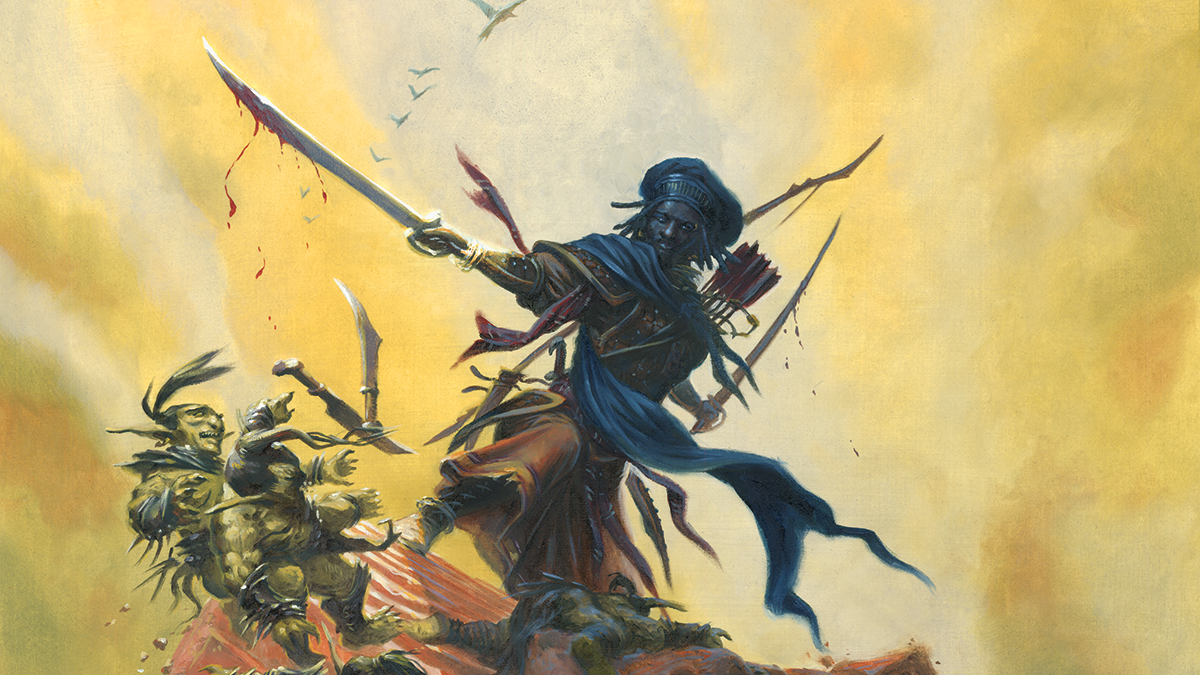
How long should a round take in real-time in 5E?
Dungeons & Dragons 5E takes a while, especially when players are just learning. So, a round of 5E might take as long as 30 to 45 minutes. As players get more used to the game, turns can shrink to even a minute for extremely fast-paced games, making rounds take closer to the 15 to 25-minute mark. But, as you take less time, more mistakes may occur!
In order to paint out how complicated a turn is, consider the following parts of one:
- Action: The action of a turn usually takes the longest to resolve. This includes attacks, damage rolls, spells, saving throws, and more.
- Movement: In most cases, movement should be the simplest part of the turn. However, since moving to the right tile can be the difference between life and death, it is critical to ensure that it is done correctly.
- Bonus actions and free actions: Characters are complicated! Some abilities, such as Rage or Action Surge, can complicate a turn and make it take longer.
- Flavor: For a good fight, the DM should be inserting tiny bits of information and flavor into the turn. It doesn’t have to be much, but even describing how the goblin shrieked as it ducked the Barbarian’s blade does a bit to improve the atmosphere of a brawl.
And, consider a DM might be looking at multiple creatures with multiple abilities, attacks, movement speeds, and spells!
There are steps you can take to speed up your turns, but it is always worth taking your time. It is better the story is told to the best of your ability, rather than trying to rush fights.
How can I take less time on my turn?
There are a few things that you can do to make your turns go by faster in 5E. Mainly:
- Memorize important rolls: If you know your attack roll, spell attack roll, and spell DC, you will be a bit better at moving fights along. If you have spells that you like to cast often, then you might want to figure out their range, radius, and other effects to speed things up.
- Think during your allies’ turn: While it is important to pay attention to the battlefield in case you need to use reactions, don’t be afraid to consider your options outside of your round. By knowing where you plan to move and generally, what your game plan is, you’ll save your friends and DM a bit of time.
Once again, we want to emphasize that taking your time and painting a beautiful picture is more important than speeding through turns. However, taking steps to move fights along just a touch faster will make everyone your friend.


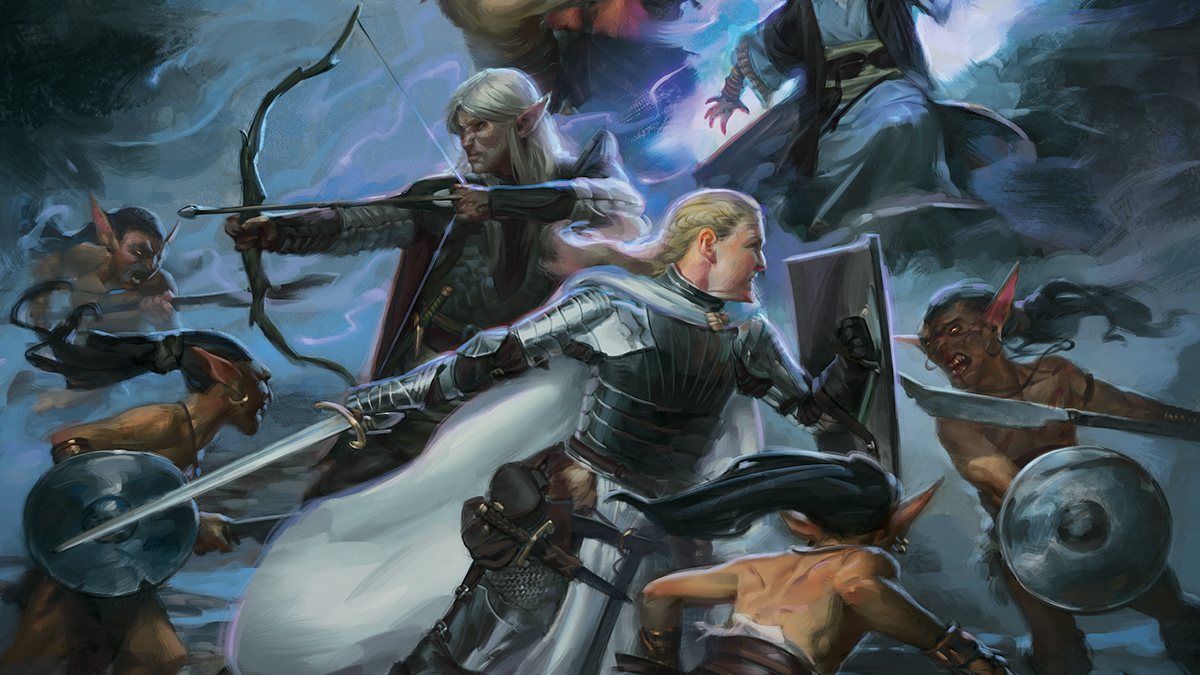
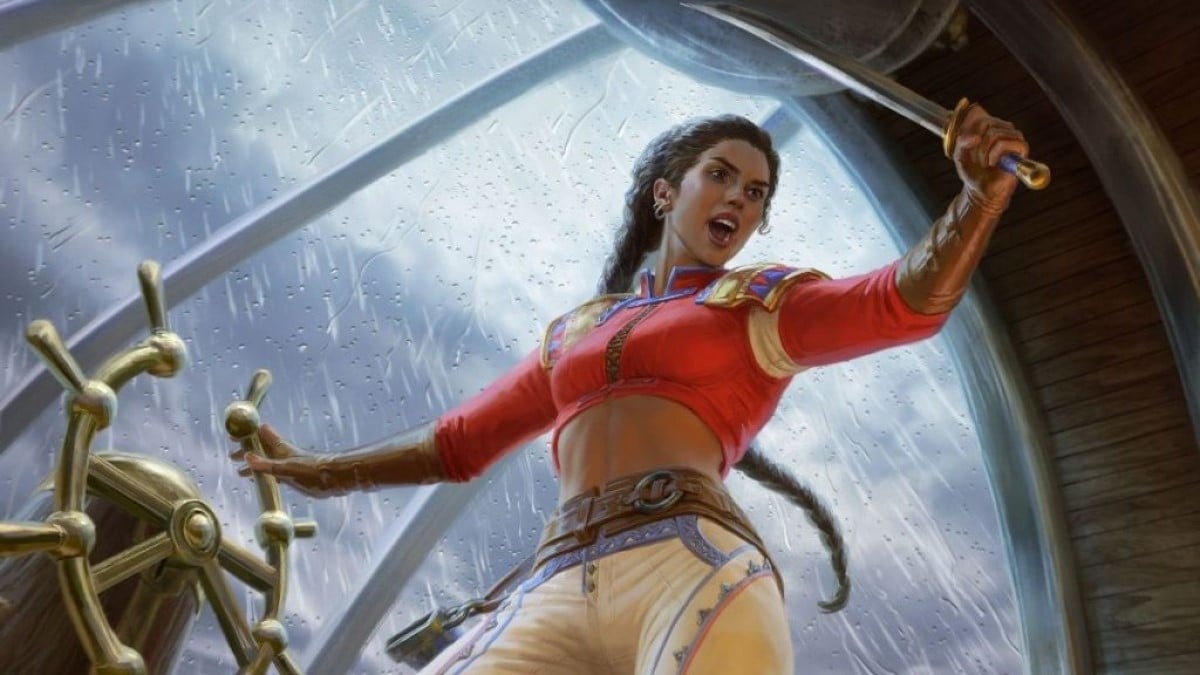

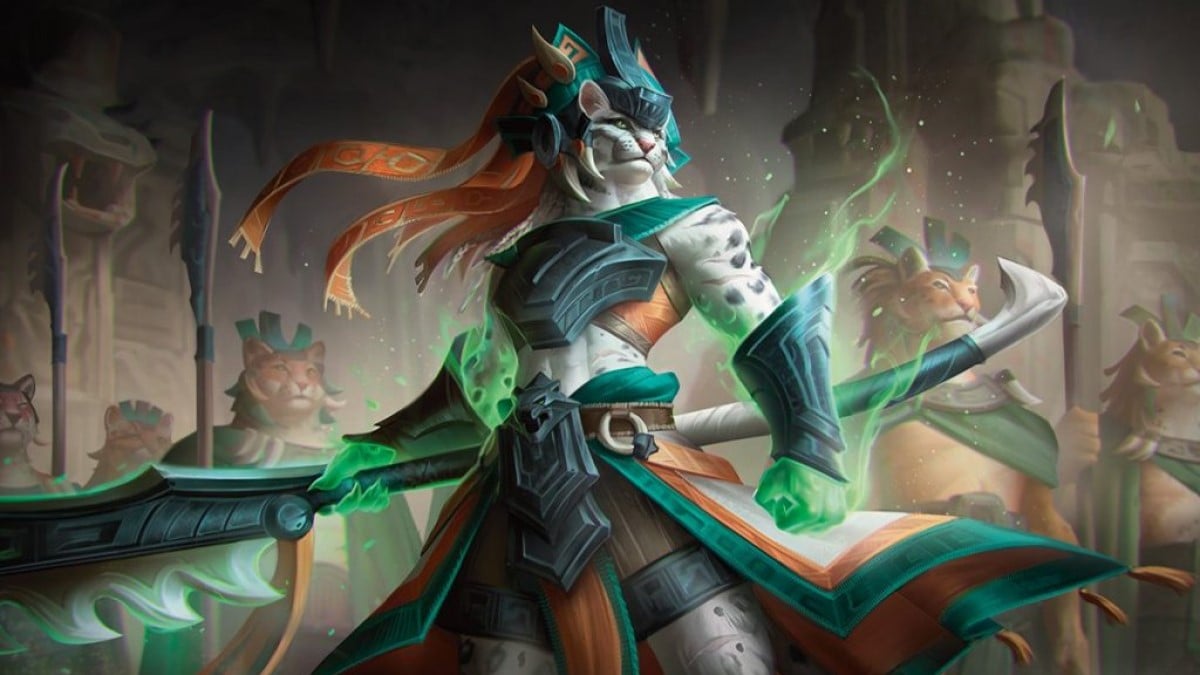
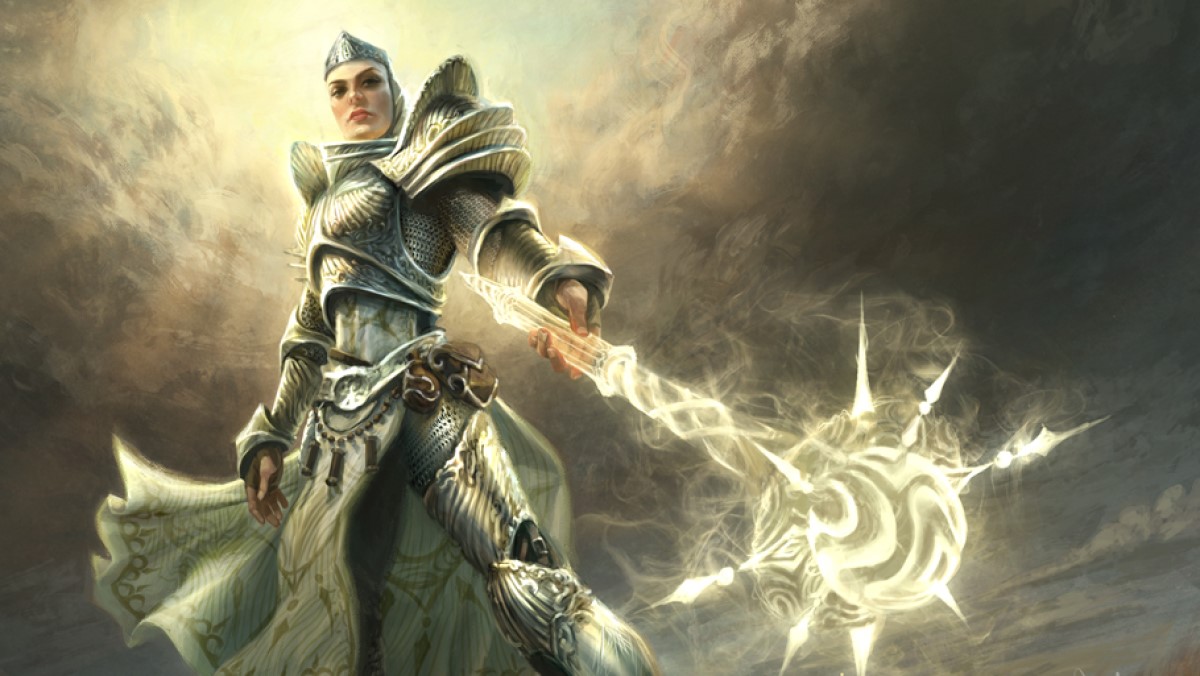

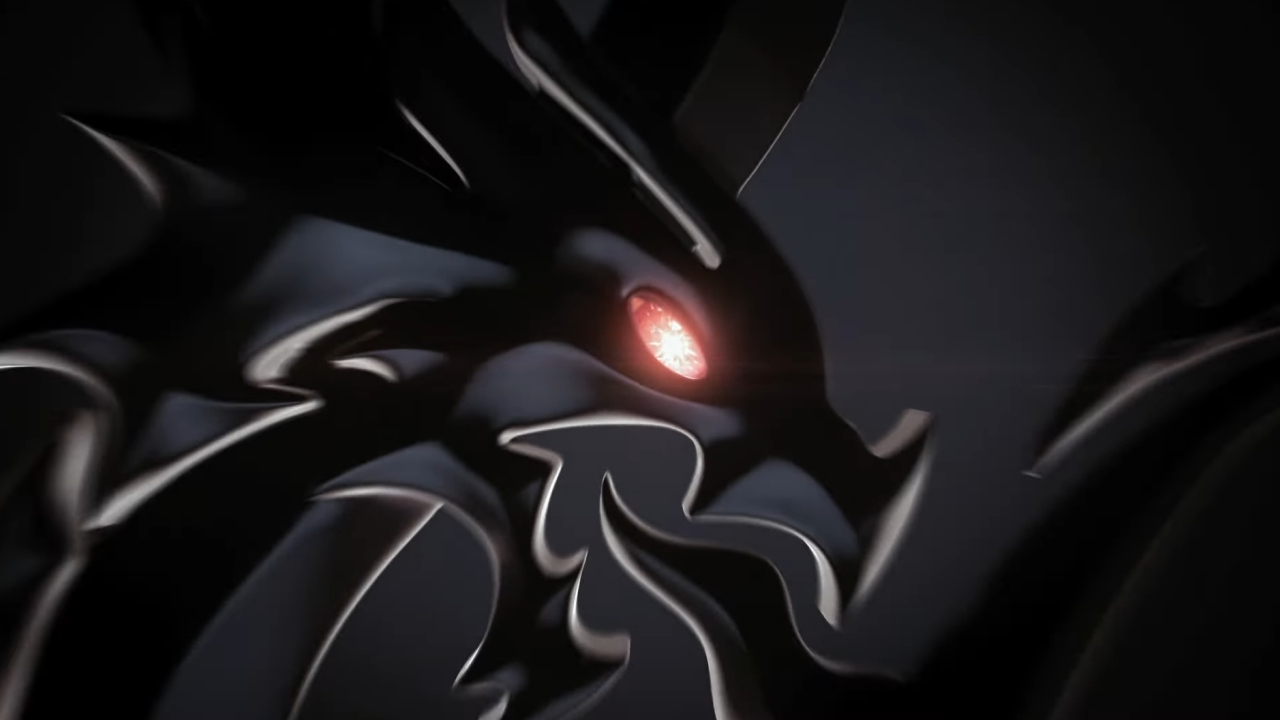
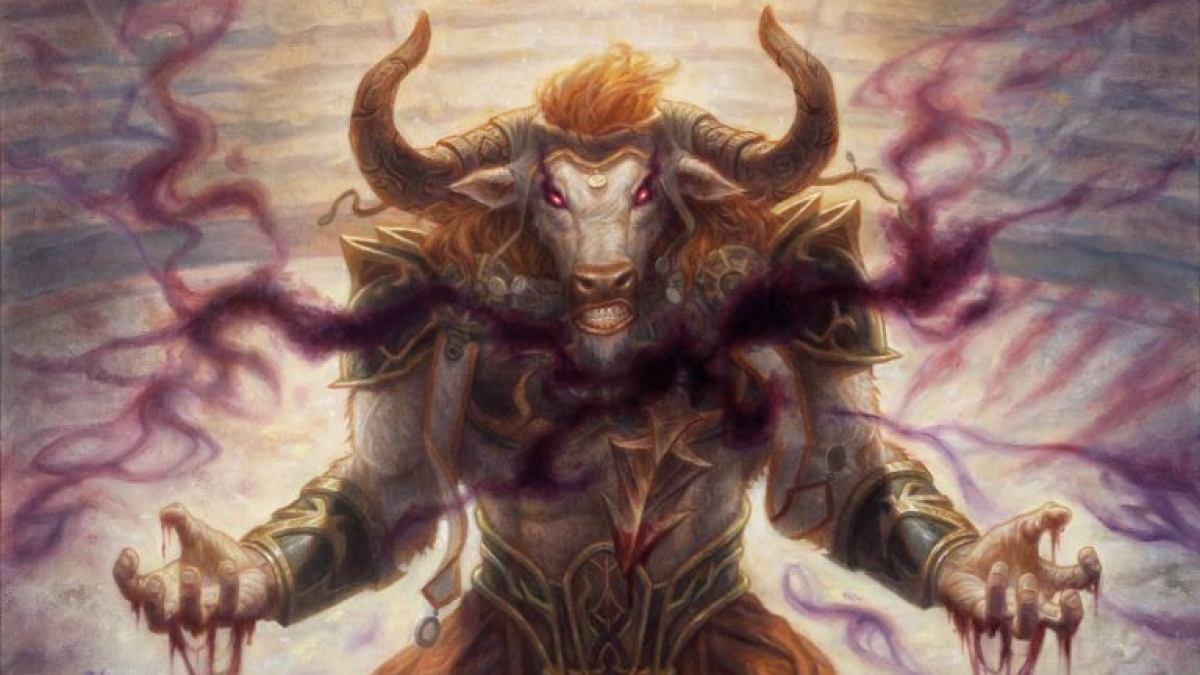
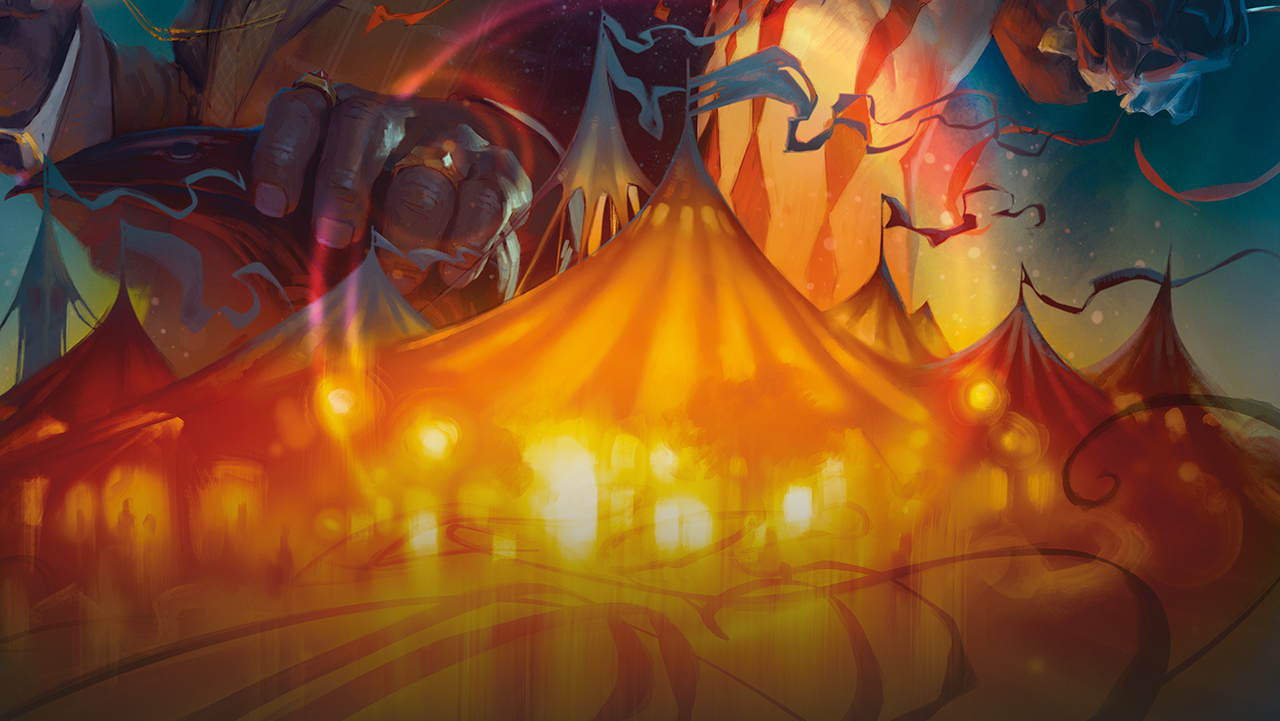
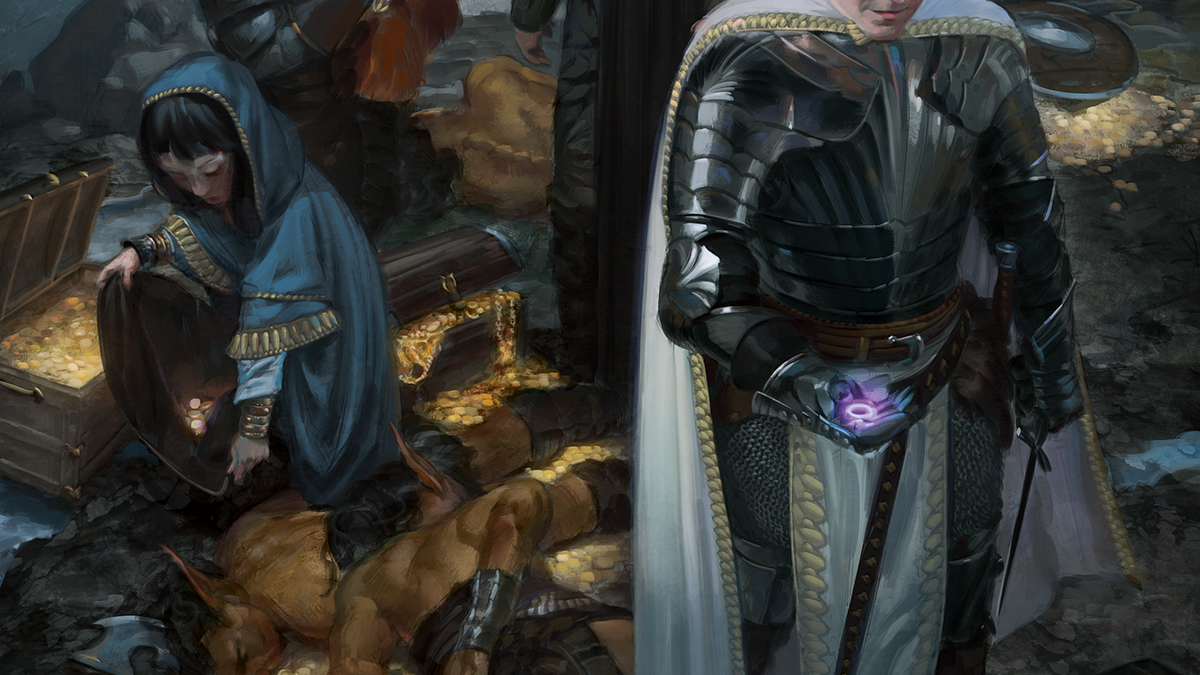
Published: Aug 2, 2023 11:41 pm